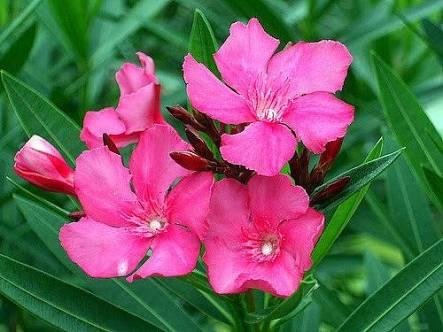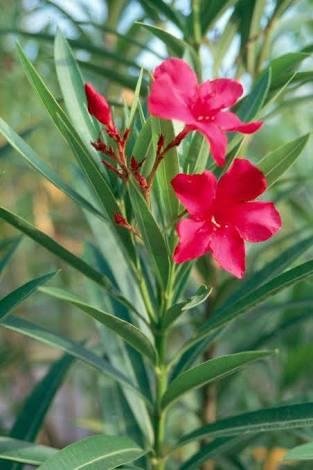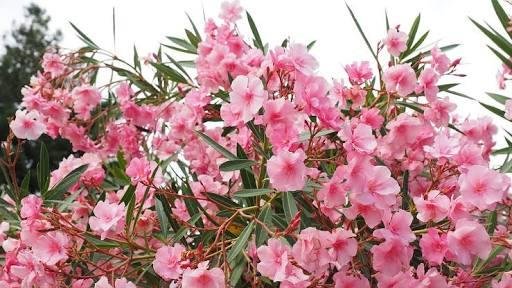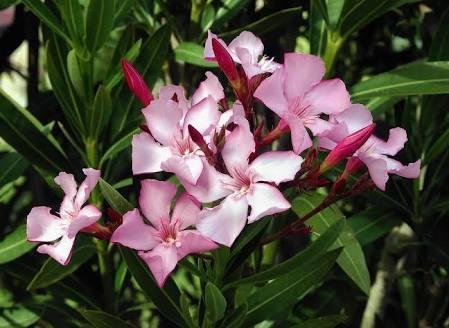Oleander plants (Nerium oleander) are among the most versatile of shrubs, with dozens of uses in southern and coastal landscapes. They tolerate a wide range of conditions, including difficult soil, salt spray, high pH, severe pruning, reflected heat from pavements and walls, and drought. But the one thing they can’t withstand is winter temperatures below 20 degrees Fahrenheit. However, in cooler climates, you can grow an oleander plant in a container and bring it indoors when temperatures drop.
How to Care for Oleander
https://gateway.ipfs.io/ipfs/Qma6Bfnoyo37AaRUhwBJ56LbPpDVgnxmPtCMxrRvEtVP1T
Oleander care is easy and this makes the shrub popular with highway departments. You’ll often see masses of oleander shrubs planted in highway beautification projects where they provide an outstanding display of long-lasting flowers with very little maintenance. Even in the garden, oleander shrubs require minimal care. Although the shrubs are drought-tolerant, they look their best when they are watered during dry spells. However, take care not to over water them. Yellowing leaves indicate that the plant is getting too much water. If the soil is poor, feed the plant lightly with a balanced fertilizer during its first spring. Once established, oleander shrubs don’t require routine fertilization. Pinching out the tips of young stems reduces legginess and encourages the shrub to branch out. Pruning oleanders can also be performed. Prune to remove damaged or diseased limbs any time and prune to shape the shrub in late fall.
Images of Oleander:



